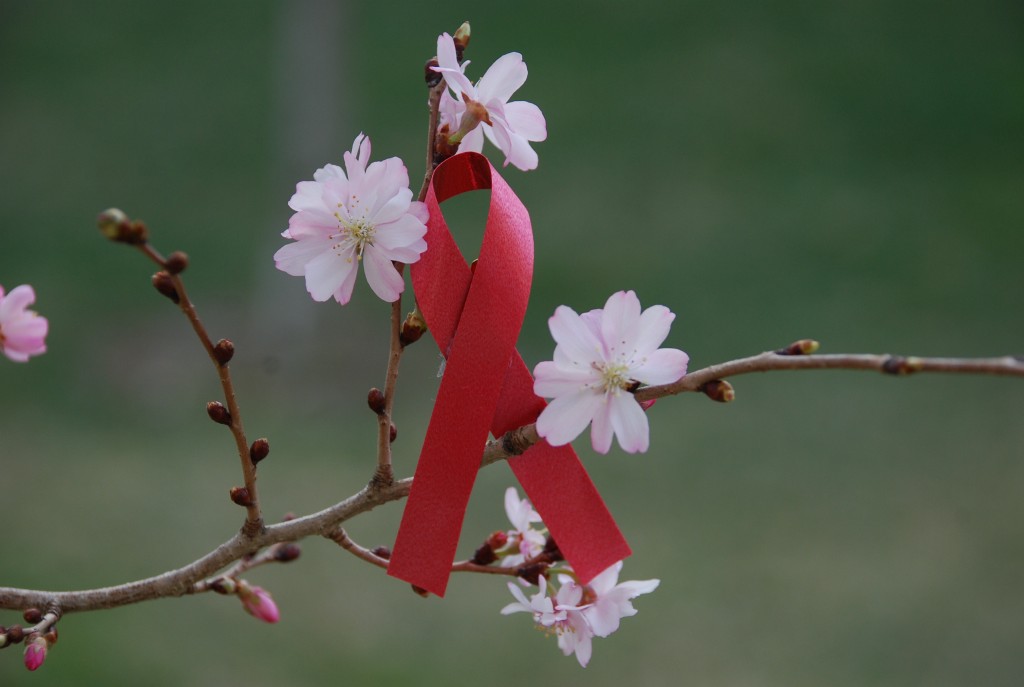I was born and brought up in a part of Kenya that has been particularly hard-hit by the HIV/AIDS pandemic. Ever since I heard of the acronym, and long before, Nyanza has never missed from any conversation about the disease.
And it always features for all the worst reasons. Because the situation never seems to get better. Which is why, from as far back as I can remember, I was the subject of countless seminars and talks on how to avoid and stop the spread of the pesky little virus that has a talent for wrecking havoc on the human immune system.
Initially, in typical impatient modern style, we were given an acronym: ABC. Abstain, Be Faithful or, and very much as a last resort, use a Condom. Gradually, I saw less and less of the A. It was soon followed out the window by the B. And nowadays, it is just the C. They litter supermarket and pharmacy checkouts in displays which stop just short of hard core pornography, occupy university noticeboards in spicy posters, and are the content of thousands of salacious talk-shows on local radio stations. Condoms are everywhere.
But, it seems HIV does not give a rat’s ass about the rampant availability of the little latex bags. Especially in Nyanza, where as a strapping young man in primary school, free condom packs were shoved into my hands for protection during sex. Needless to say, at that time even being made to sit with girls on the same desk was an effective punishment for a cantankerous young man. It is as if they gave up on young people’s ability to control themselves, to make responsible decisions about their futures.
To this day, the anti HIV/AIDS campaigners have stopped being defined as much by their efforts to stamp out the virus as they are by their intent to make sure everybody who has sex uses a condom. In fact, an article in the Lifestyle Magazine insert in the Saturday Nation on 1st October 2016, clearly illustrates this “enlightened” phenomenon. The article, titled “The sheath taboo: How condom stigma could be fuelling the spread of HIV,” tries to put the blame for the virus’ unabated spread on the embarrassed reluctance of people to purchase condoms in public.
It chronicles the “stigma” faced by young men and women from the region, including a famous radio personality, when they try to buy condoms so that they can have safe sex and protect themselves from HIV. Some, the article says, as a result of the stigma, have more than once foregone the option and had unprotected sex, risking infections. Finally, it concludes by exhorting Kenyans to applaud people who use condoms, instead of judging them, for practicing safe sex. In an inevitable aside, it takes a dig at churches, which have famously protested against condom advertisements.
Yet, for all its erudition and clever construction, the article falls short on many counts. First off, there is no such thing as safe sex. There is just sex. We can talk of safe roads and bridges and all manner of things, but not safe sex. This is because roads and bridges jeopardise safety if they are not in good condition or are not used properly, such that one who uses them rightfully faces an inordinate risk to his/her bodily safety. No one who rigs a bridge with dynamite then detonates it while driving atop it can sanely or excusably talk of bridge safety. What is more, it would just be plain stupid to advise such a person to use an armoured car instead.
That aside, the writer, Angela Oketch, blames the reluctance of people to buy condoms on stigma. That’s a powerful word, and it transfers legitimacy to the mentioned call for applause for young men and women who use condoms. Not once does she try to consider that perhaps the stigma is imaginary, and that people are inherently reluctant to be perceived as immoral. Everybody wants each of their actions to bear the moral stamp, to be justified. The fact that the featured people recoil from buying condoms means they are no exception to this rule. If promiscuity were morally permissible, they wouldn’t feel the shame.
One of the case studies the article highlights is that of a young man who meets for the first time a girl he met on social media and has to cook up antics to buy condoms. In a way, this story summarises why even condoms will never stop HIV. It is this kind of enchantment with sex, which views sex as the sine qua non of adulthood, freedom and relationships between men and women, which will ensure that, even if a cure is ever found for HIV, the virus will not be eliminated. Neither will teenage pregnancies (which are then solved by laws forcing schools to ignore pregnant girls), abortions (solved by legalising it), rapes (solved by draconian laws and corruption) and all the symptomatic afflictions of our modern times (solved by band-aid until we run out of options).
From the article, though, this does not come out as the problem. The problem is stigma, which is not even illustrated except from the insecurities of the people interviewed. But it is easy to understand why this should be so; if the problem is stigma, then young people are not responsible for playing a game of cards with their lives. They can be excused and even praised for fooling around with their sexuality. It is the churches, which oppose condom advertisements, that are to blame for the spread of HIV.
I do not need to say it, but nothing could be more ridiculous. Giving young people condoms is one thing. Expecting us to praise them for being sexually reckless is asking too much.
Feature image: elizabethlombino.com.
Sign up to receive new articles as soon as they drop.
